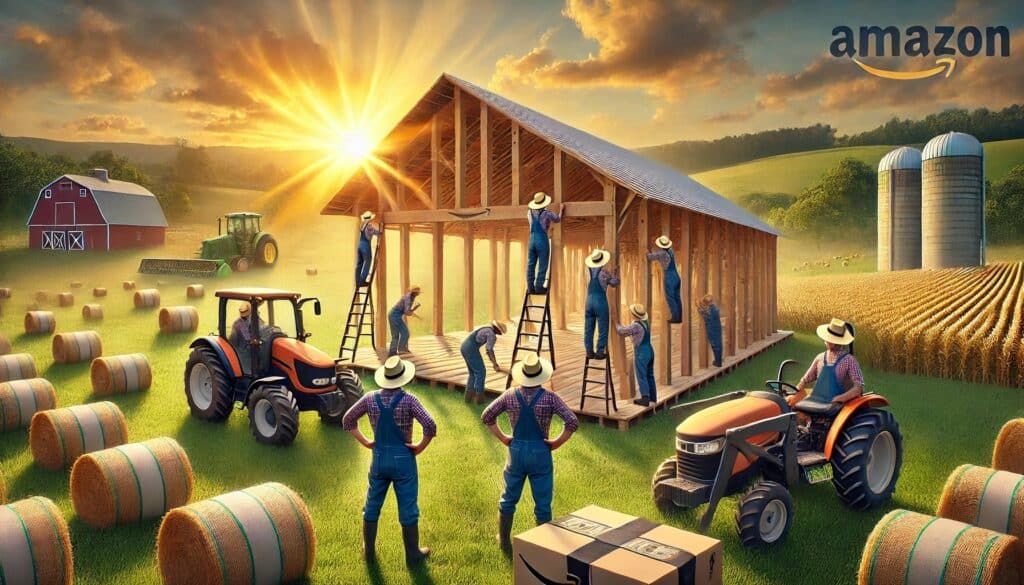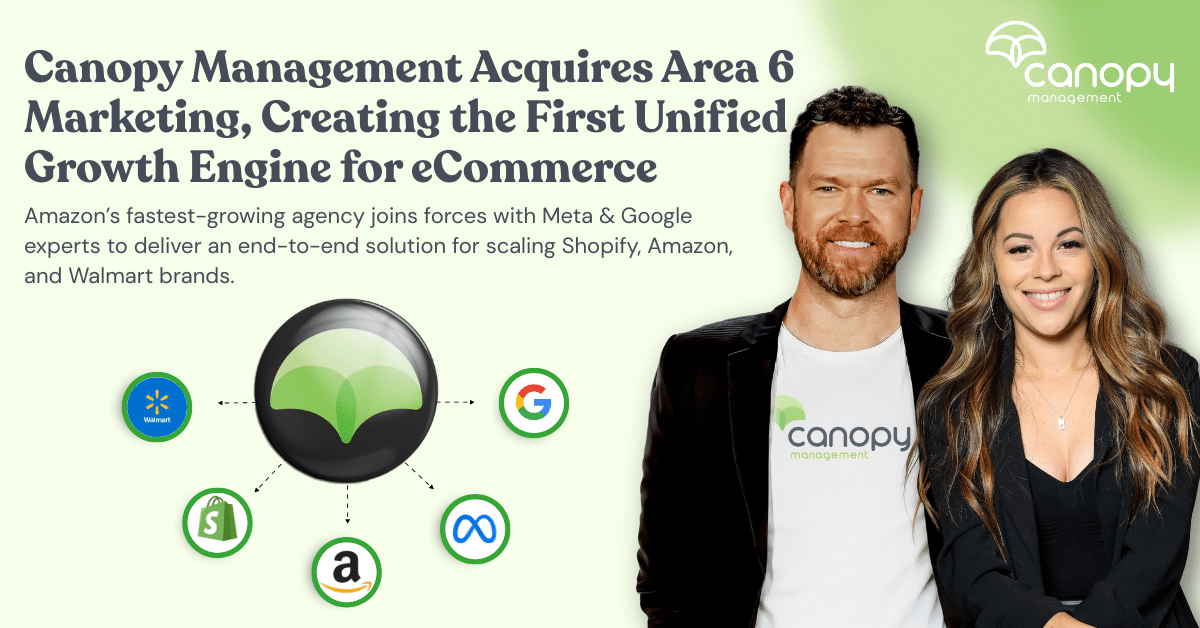Purpose-Driven Growth: A Reality Check for Natural Brands in 2025
From Greenwashing to Game-Changing: How Today’s Natural Brands Are Proving That Authentic Purpose Isn’t Just Good Ethics—It’s Good Business

Trying to scale your natural brand without losing your soul?
The natural products space isn’t what it used to be. While everyone’s talking about purpose and values, a lot of the advice out there sounds suspiciously like old-school corporate growth strategy with a fresh coat of green paint.
In 2025 “greenwashing” is a problem.
Think of greenwashing as strategic corporate environmental deception. Companies marketing themselves as environmentally responsible while their actual practices tell a different story.
With greenwashing:
- Companies rely heavily on environmental imagery and green packaging to create an eco-friendly impression, even when their products or practices haven’t meaningfully changed.
- Marketing teams craft intentionally vague terms like “all-natural” or “eco-friendly” without providing concrete evidence or measurable environmental benefits.
- Organizations highlight minor environmental improvements while deliberately obscuring larger negative environmental impacts from their core operations.
In today’s “fake news” wary environment, this is the kind of practice that ends up painting a lot of natural brands with the same brush.
Fortunately, many of today’s consumers can spot the difference between authentic purpose and insincere marketing language.
With Gen Z and Millennials willing to pay significantly more for brands that genuinely align with their values, there’s never been a better time to grow a mission-driven business.
The real question is: How to do it right.
Making Purpose Pay
Conventional business wisdom used to imply that you had to choose between purpose and profit. For the most part, those days are over.
The most successful natural brands are proving that embedding real purpose into your operations doesn’t just celebrate your good intentions – it also drives serious growth.
It might be helpful to think of “purpose” as your brand’s operating system, not just a fancy add-on. When authentically integrated, this purpose-built ethos becomes the foundation for every decision, from supply chain to customer experience.
Here’s what that actually looks like in practice:
Money Matters (But Not How You Think)
Ever notice how companies like Dr. Bronner, Patagonia, Ben & Jerry’s and Seventh Generation keep growing while maintaining their mission? They’re not just getting lucky. They’ve rebuilt their entire financial structure around purpose.
Here are a few of their ethical guide posts:
- They cap executive salaries at a percentage of entry-level wages
- They measure success beyond just quarterly profits
- They invest in long-term impact, not just quick wins

Supply Chains That Actually Make Sense
Patagonia is a leader in sustainable supply chain practices for a reason. Rather than treating sustainability as an afterthought, through their Supply Chain Environmental Responsibility Program, they’ve woven environmental responsibility into every aspect of their operations.
Patagonia conducts regular environmental impact assessments of their manufacturing facilities, making sure that suppliers meet strict compliance standards and best practices.
- They prioritize sustainable materials, using organic cotton and creating polyester from recycled plastic bottles
- Through their Material Traceability program, Patagonia maintains direct supplier relationships and provides transparent information about material origins
- The company pushes suppliers beyond minimum environmental requirements, rewarding those who implement advanced sustainability practices
- Environmental assessments are integrated into all supply chain decisions, from new supplier selection to ongoing partnership management
The Critical Role of Verifiable Environmental Claims
The era of vague environmental marketing claims has ended.
Modern consumers, particularly Millennials, have developed a sophisticated awareness of greenwashing practices. Research has shown that while approximately 63% are willing to pay more for a sustainable product, more than a quarter of that same cohort actively avoid brands they perceive as making unsubstantiated environmental claims.
This shift in consumer behavior signals a fundamental change in how companies must approach sustainability communications.
Successful brands now recognize that environmental credibility comes from transparent, data-driven claims that invite independent verification. The emphasis has moved from broad ecological statements to specific, measurable environmental impacts that consumers can validate.
What Real Transparency Looks Like
Sustainability in business has come a long way from the days of recycling bins in the break room. These days, it’s baked into how companies actually operate – from how they design products to how they work with suppliers.
The best part?
When companies do sustainability right, they’re doing more than just helping the environment. They’re often discovering smarter ways to work, creating better products, and building stronger connections with their customers.
Here’s what modern corporate sustainability looks like:
- Companies are getting serious about designing products that last longer and can be fixed or recycled, rather than just ending up in landfills.
- Rather than making vague claims, businesses are sharing real, checkable data about their environmental impact.
- Supply chains are getting a green makeover, with companies holding their suppliers to strict environmental standards that go beyond what the law requires.
- Many businesses are tackling climate change head-on by setting bold carbon reduction goals and investing in programs to offset what they can’t eliminate.
- There’s growing recognition that protecting nature isn’t just nice – it’s necessary. Companies that rely on natural resources are stepping up to protect and restore the ecosystems they depend on
- The most successful companies are getting everyone involved – employees, customers, and local communities all have a role in their sustainability efforts.

Why Collaboration is the New Competitive Edge
The future of sustainable business isn’t about going it alone – it’s about working together. Companies are discovering that partnerships create bigger impact than individual efforts, especially when tackling complex environmental challenges.
Two key examples showcase this collaborative approach:
- Ben & Jerry’s has transformed their vanilla sourcing by partnering with Fairtrade (since 2005). Beyond just paying premiums to farmers they’ve built a system that ensures fair wages and strengthens farming communities. By committing to pay living income differentials, they’re addressing systemic inequality while securing better ingredients.
- The Loop Initiative demonstrates how collaboration can revolutionize entire systems. By partnering with over 200 companies including giants like P&G and Walmart, they’ve created a viable reusable packaging platform that integrates seamlessly into regular shopping habits. This shared infrastructure makes sustainable practices more accessible for both companies and consumers.
The key takeaway?
When companies work together, they can create sustainable solutions that are both more effective and more profitable.
These partnerships enable shared costs, accelerated innovation, and amplified consumer education efforts. It’s a huge shift from viewing sustainability as a competitive advantage to seeing it more as a collaborative opportunity.
Future-Proofing Your Brand
Purpose-driven growth isn’t some nice optional extra anymore. It’s how smart brands are protecting their future. The evidence is clear. Brands that genuinely embed purpose into their strategy consistently outperform those that don’t.
Don’t try to do everything at once. Start here:
This Quarter:
Pick ONE supply chain to audit deeply
- Look at packaging, farming, or fulfillment
- Find the biggest impact opportunity
- Make one meaningful change
A thorough supply chain audit can reveal critical opportunities. Focus on clear objectives, data-driven insights, and actionable timelines for improvement.
Next Quarter:
Create an impact report that actually means something
- Set goals you can measure
- Get third-party verification
- Share the whole story – good and bad
When crafting your impact report, know your audience, assess what matters most, and be transparent about both wins and challenges. This builds genuine trust with stakeholders.
By Year End:
Find a partner who complements your mission
- Could be an NGO or industry group
- Start small but think big
- Build for the long term
Strategic partnerships, especially with NGOs, can be game-changing. They combine different strengths and perspectives to create more innovative, effective solutions.
The Bottom Line
Yvon Chouinard – who gave away his billion dollar company to help fight the climate crisis – put it this way: “The cure for depression is action.”
In 2025, it’s not just about taking action – it’s about taking smart action that scales.
The brands that win big in 2025 won’t just grow – they’ll grow by doing good, and they’ll have the numbers to prove it. The future belongs to companies that can turn their purpose into performance, their values into value, and their mission into momentum.
Canopy Management is a full-service marketing agency for Amazon, Walmart, and TikTok sellers. Our team consists of multi-million dollar, omni-channel entrepreneurs, industry leaders, and award-winning experts.
Ready to Start Growing Your Amazon Brand?
Canopy’s Partners Achieve an Average 84% Profit Increase!
Find out more

